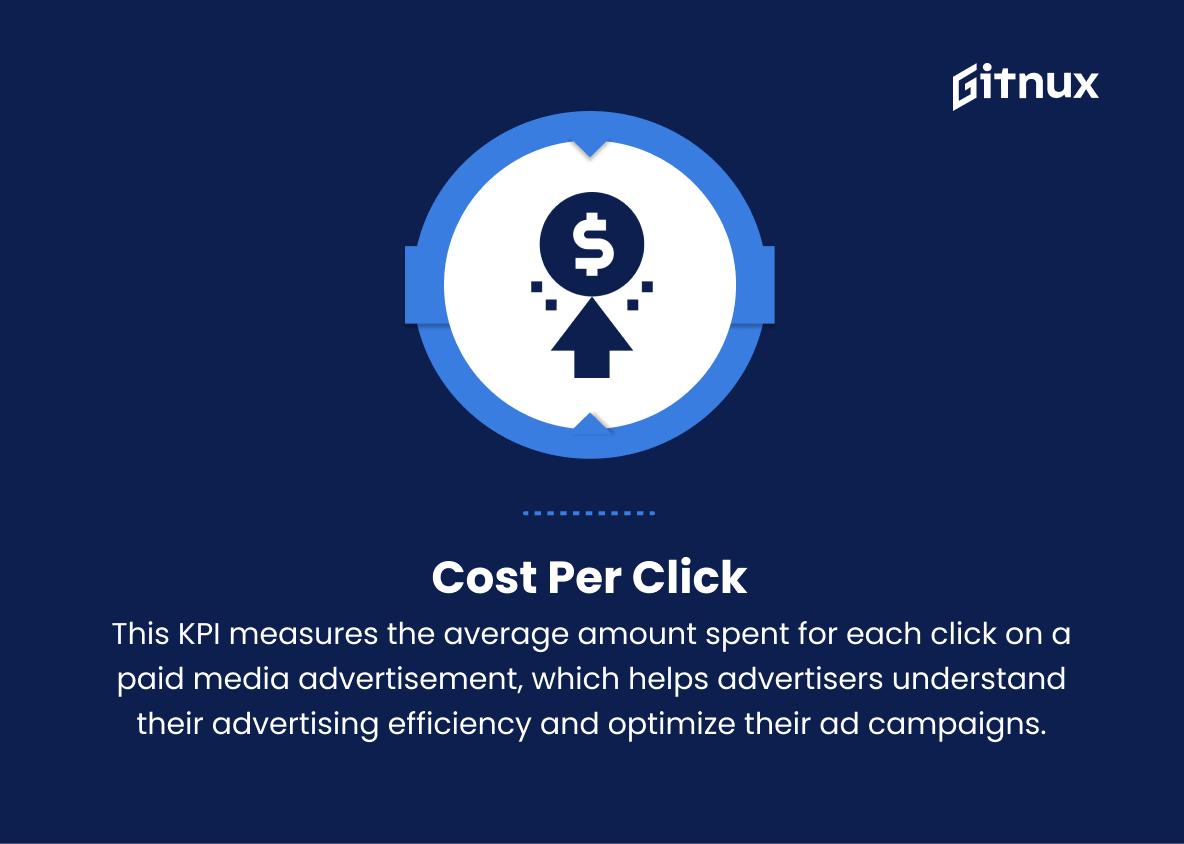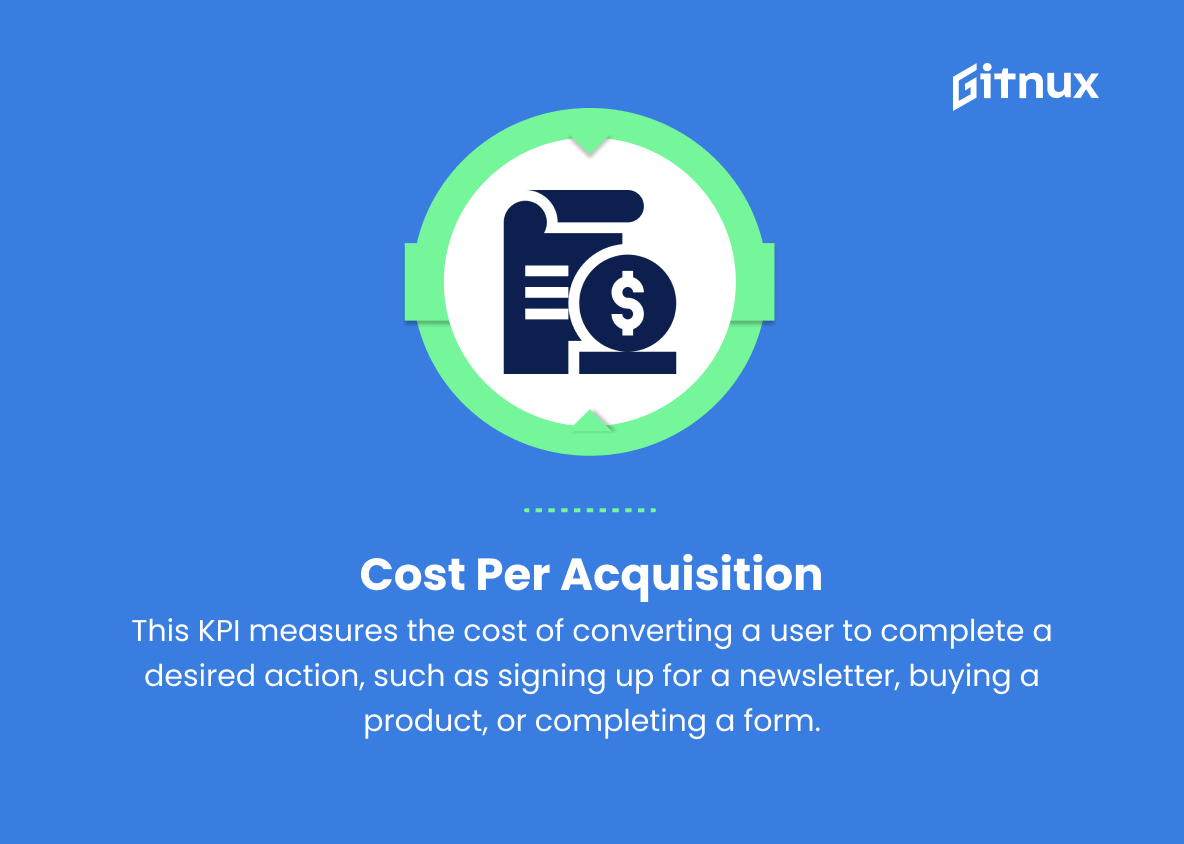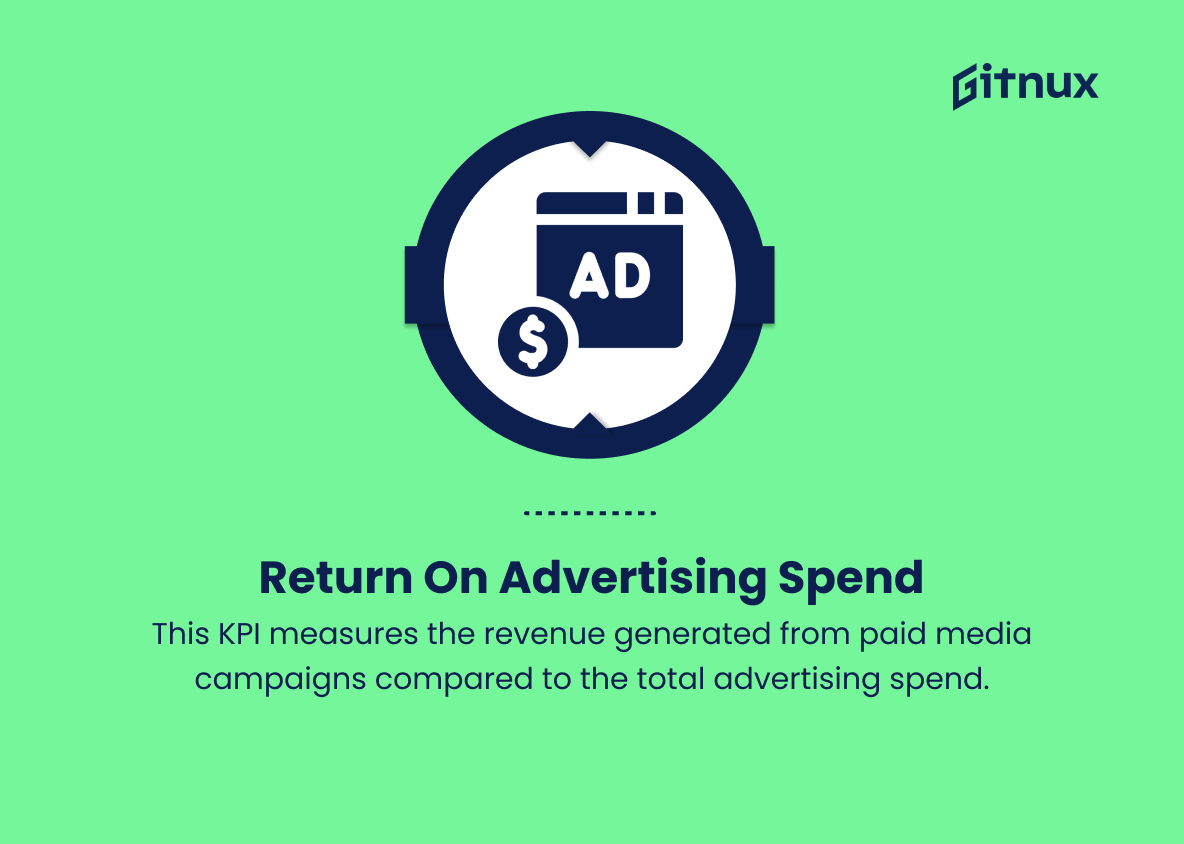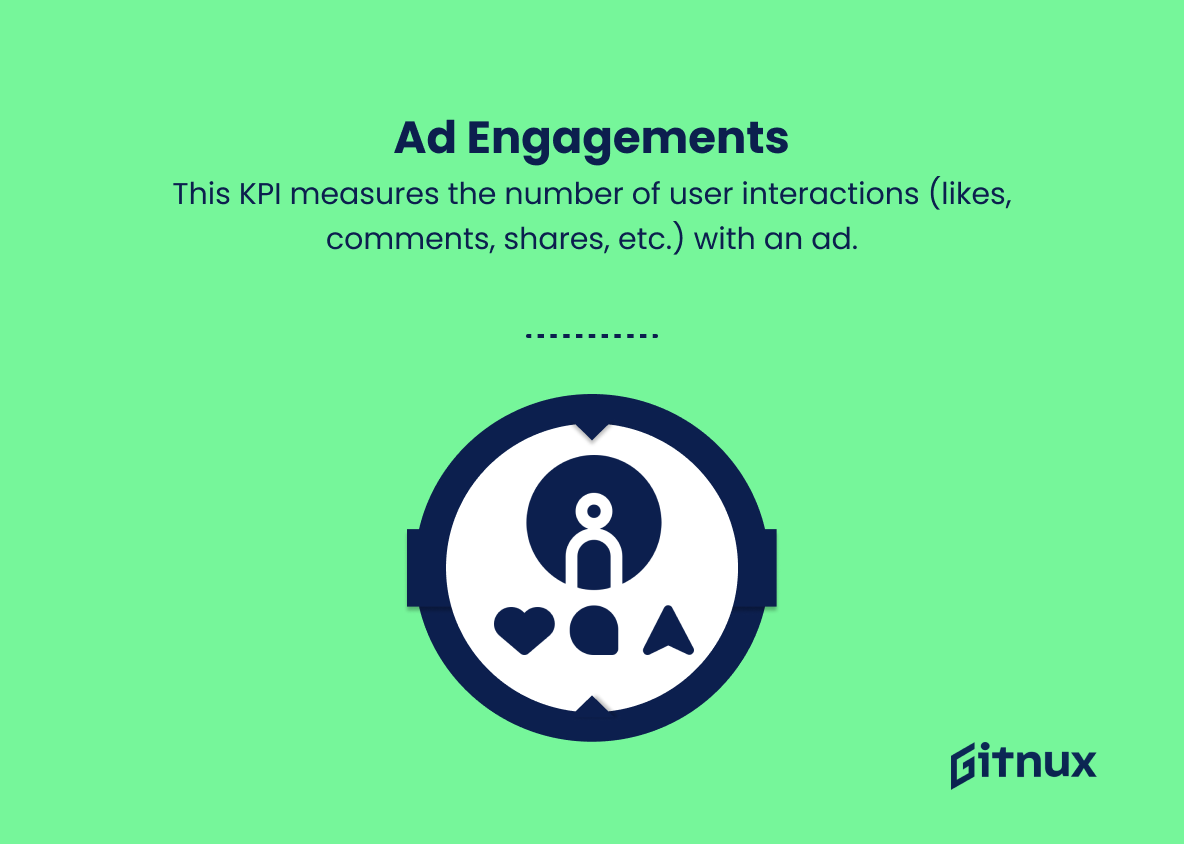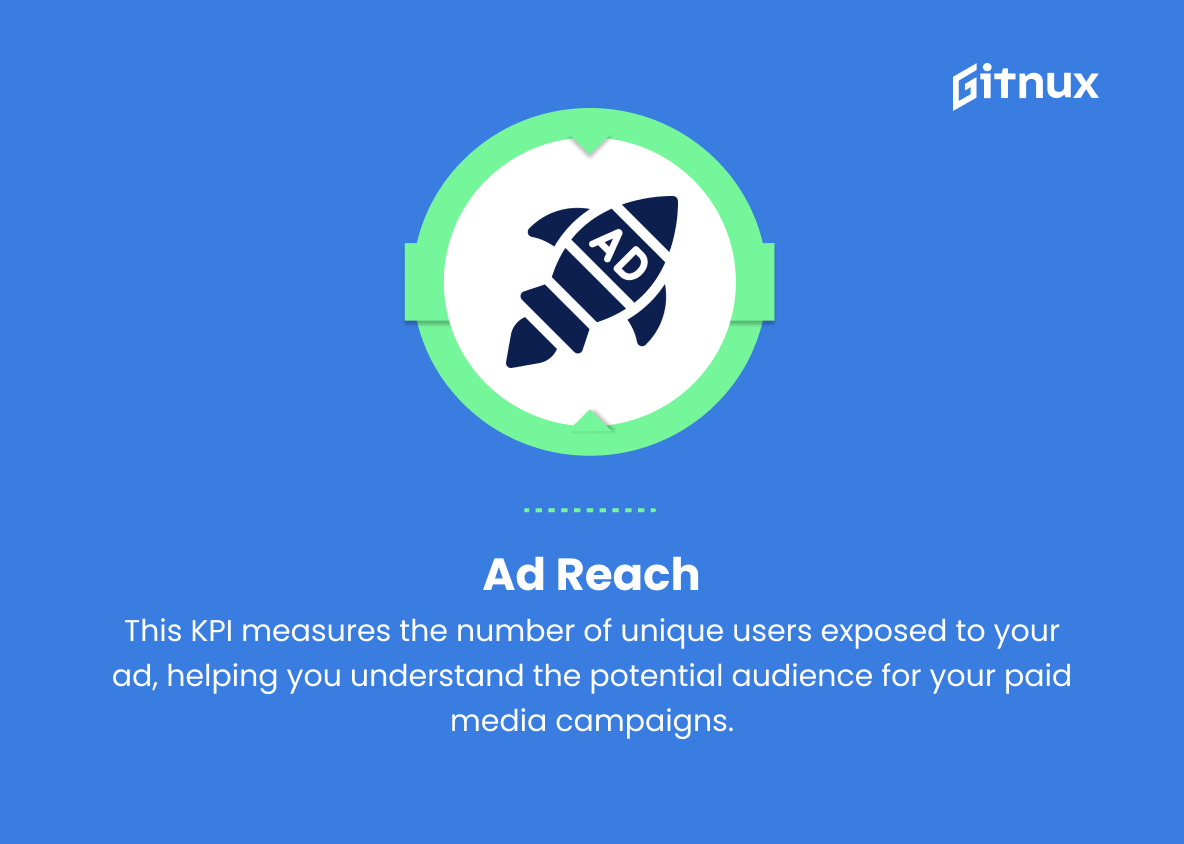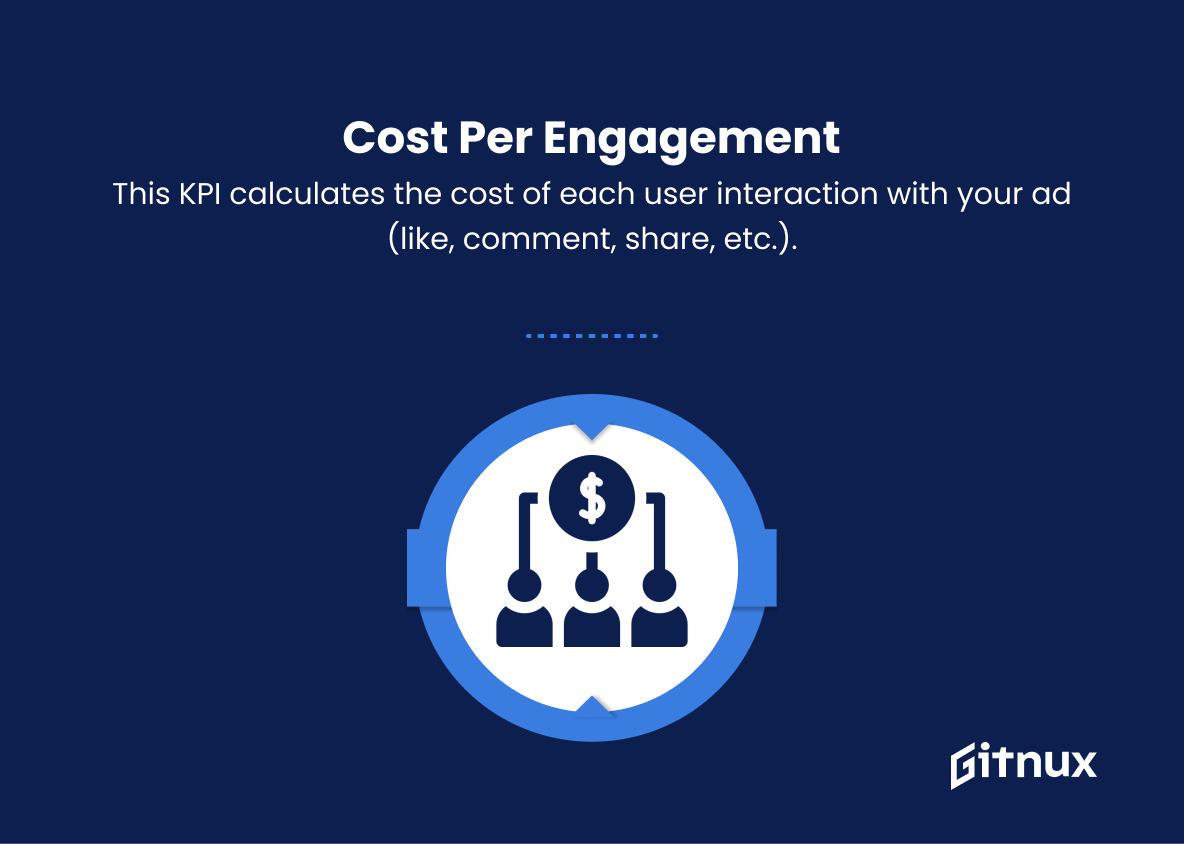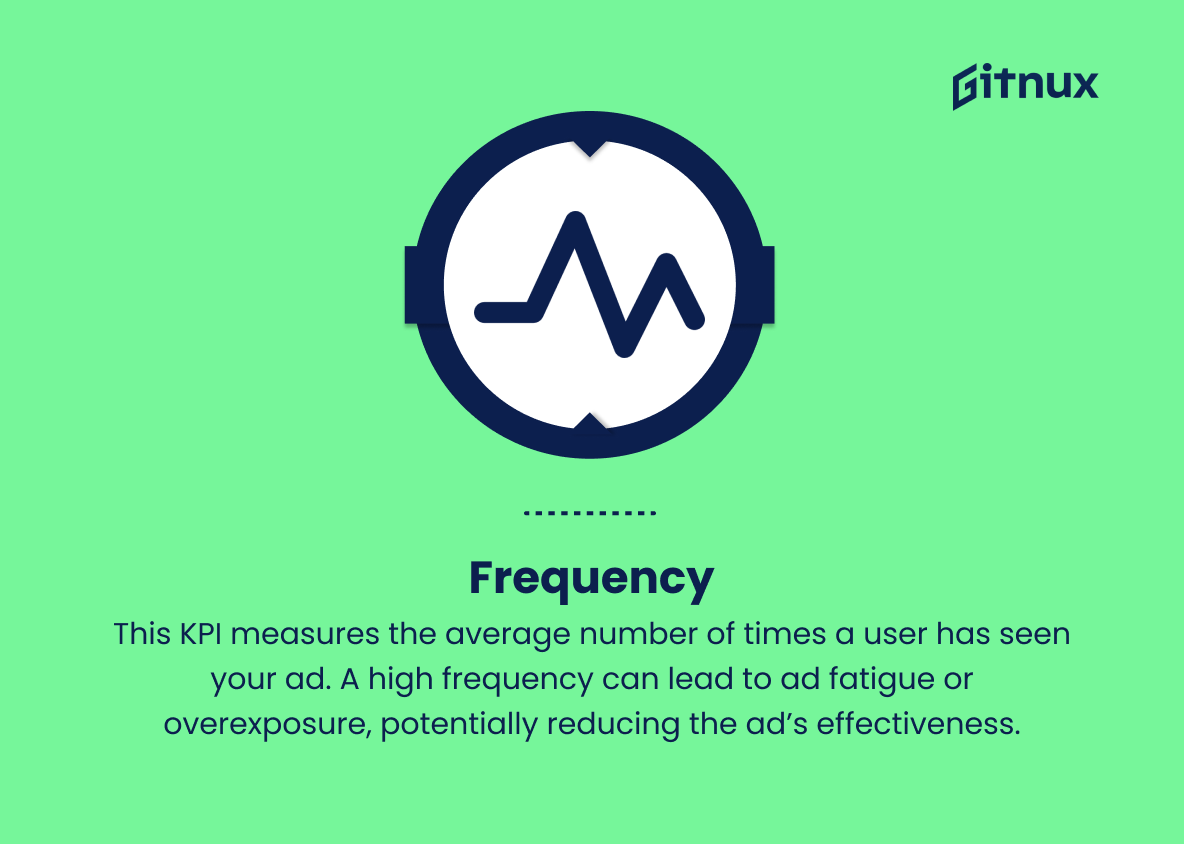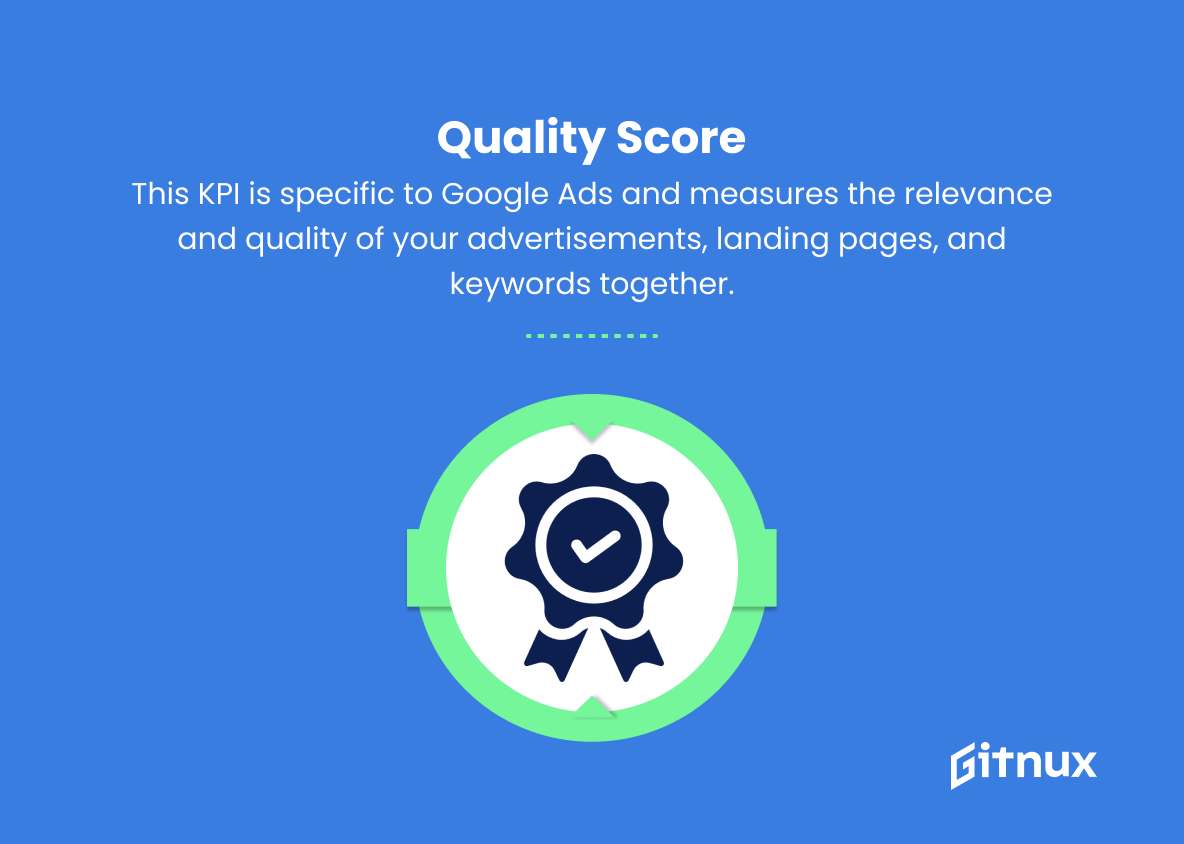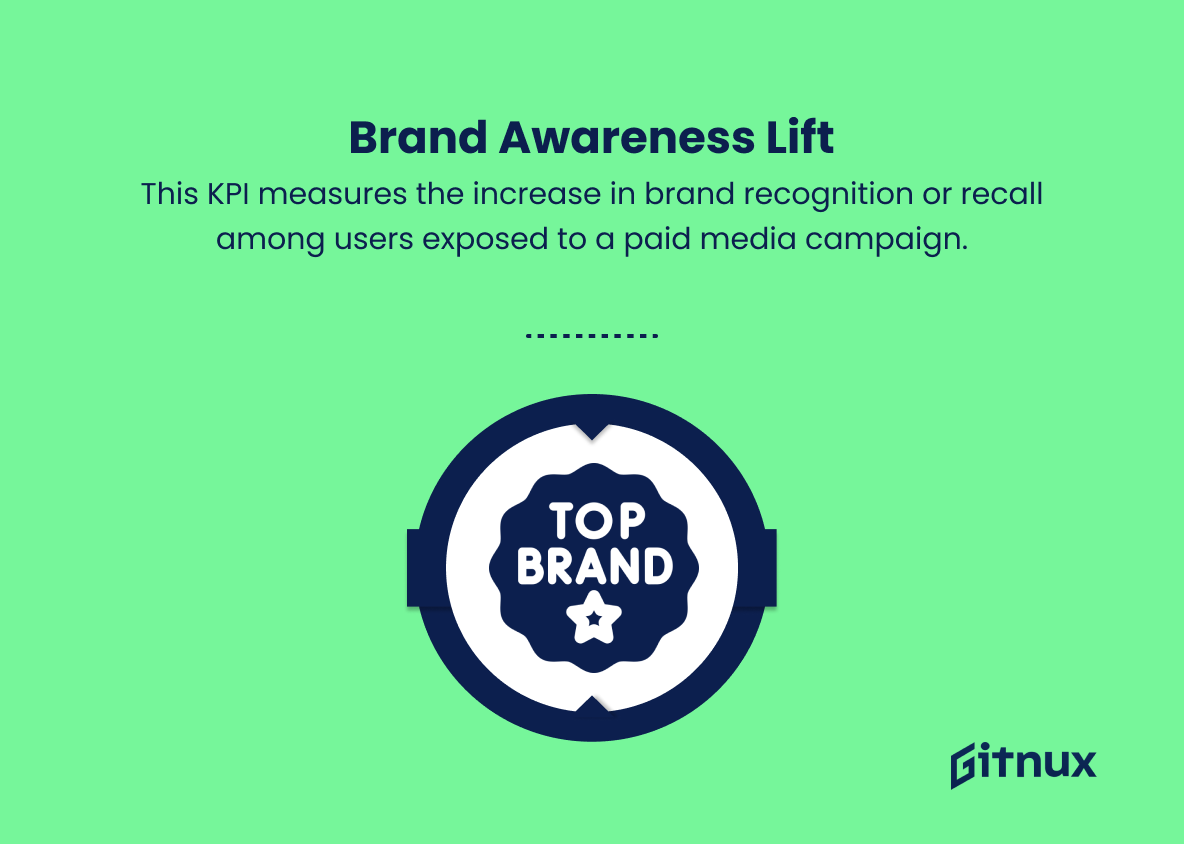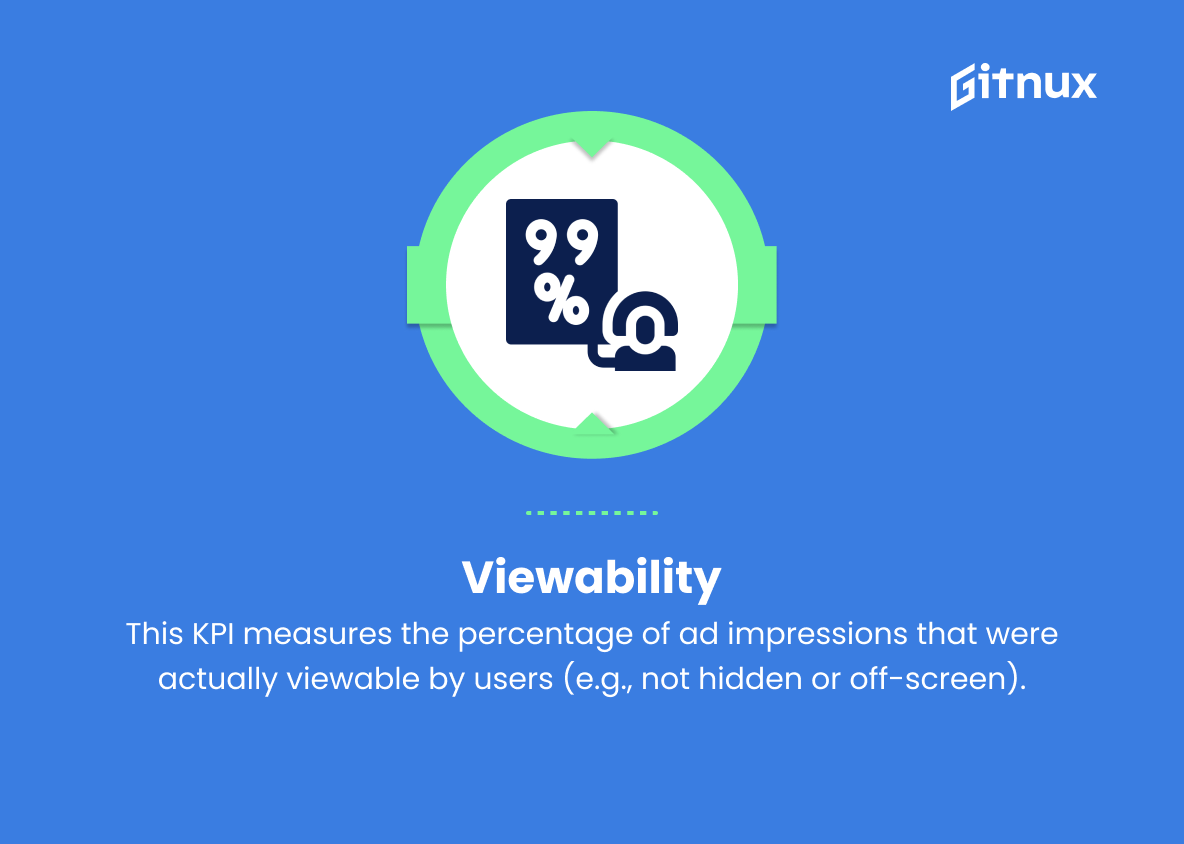In today’s data-driven business landscape, staying ahead of the competition relies heavily on how effectively we can measure and optimize the performance of our paid media campaigns. Key Performance Indicators (KPIs) serve as crucial tools that allow marketers and business owners to track the success of their paid media initiatives and make informed decisions for continuous improvement.
This blog post will delve into the world of Paid Media KPIs, highlighting their significance, exploring the most important ones to track, and offering valuable insights on how these metrics can be utilized to drive tangible results for your business. Get ready to step up your paid media game and unlock new levels of growth and success.
Paid Media KPIs You Should Know
1. Cost per Click (CPC)
This KPI measures the average amount spent for each click on a paid media advertisement, which helps advertisers understand their advertising efficiency and optimize their ad campaigns.
2. Click-through Rate (CTR)
This KPI calculates the percentage of ad clicks compared to the total number of ad impressions. It is useful for understanding the effectiveness of ad creatives and targeting, and for making improvements.
3. Cost per Acquisition (CPA)
This KPI measures the cost of converting a user to complete a desired action, such as signing up for a newsletter, buying a product, or completing a form. CPA helps advertisers understand the return on investment from their paid media campaigns and optimize their spending.
Key Performance Indicators (KPIs) serve as crucial tools that allow marketers and business owners to track the success of their paid media initiatives and make informed decisions for continuous improvement.4. Conversion Rate (CVR)
This KPI calculates the percentage of clicks on an advertisement that results in a conversion or successful completion of a desired action. A high CVR indicates effective ad campaigns, targeting, and messaging.
5. Return on Advertising Spend (ROAS)
This KPI measures the revenue generated from paid media campaigns compared to the total advertising spend. ROAS helps advertisers understand the effectiveness of their campaigns and the return on investment.
6. Cost per Thousand Impressions (CPM)
This KPI measures the cost to serve 1,000 ad impressions and is commonly used to compare the cost-efficiency of various advertising platforms and campaigns.
7. Ad Impressions
This KPI counts the number of times an ad is displayed or served, showing the potential reach of a paid media campaign.
In today’s data-driven business landscape, staying ahead of the competition relies heavily on how effectively we can measure and optimize the performance of our paid media campaigns.8. Ad Engagements
This KPI measures the number of user interactions (likes, comments, shares, etc.) with an ad. It helps gauge the level of audience interest in your ad content and overall campaign performance.
9. Ad Reach
This KPI measures the number of unique users exposed to your ad, helping you understand the potential audience for your paid media campaigns.
10. Cost per Engagement (CPE)
This KPI calculates the cost of each user interaction with your ad (like, comment, share, etc.). It helps advertisers understand whether their campaigns are driving engagement cost-effectively.
11. Frequency
This KPI measures the average number of times a user has seen your ad. A high frequency can lead to ad fatigue or overexposure, potentially reducing the ad’s effectiveness.
12. Quality Score
This KPI is specific to Google Ads and measures the relevance and quality of your advertisements, landing pages, and keywords together. A high-quality score indicates that the ad is relevant, useful, and provides a positive user experience, which can lead to lower CPC and better ad placements.
13. Video View Rate (VVR)
This KPI measures the percentage of users who viewed a video ad for a predetermined length of time (usually at least 50% of the video duration). It helps assess the attention-grabbing ability of your video ad creatives.
14. Brand Awareness Lift
This KPI measures the increase in brand recognition or recall among users exposed to a paid media campaign. It helps advertisers understand the impact of their campaign on overall brand perception.
15. Viewability
This KPI measures the percentage of ad impressions that were actually viewable by users (e.g., not hidden or off-screen). High viewability rates ensure that your ads are reaching your target audience and help optimize the ad buying process.
Paid Media KPIs Explained
Paid media KPIs, such as Cost per Click (CPC), Click-through Rate (CTR), Cost per Acquisition (CPA), Conversion Rate (CVR), Return on Advertising Spend (ROAS), Cost per Thousand Impressions (CPM), Ad Impressions, Ad Engagements, Ad Reach, Cost per Engagement (CPE), Frequency, Quality Score, Video View Rate (VVR), Brand Awareness Lift, and Viewability, are essential for advertisers to gauge the effectiveness and efficiency of their campaigns.
These KPIs help businesses understand critical metrics like audience reach, ad performance, user engagement, and return on investment. They facilitate informed decision-making for optimizing and allocating resources, improving ad creatives, and targeting effectively. Monitoring these KPIs ensures that advertisers can deliver high-quality, relevant, and engaging content while maximizing their ad budgets and achieving desired goals, such as conversions, sales, and brand recognition.
Conclusion
In conclusion, understanding and analyzing Paid Media KPIs are critical for the success of your advertising campaigns. Implementing these measurements allows marketers to optimize their efforts, control costs, and ultimately, deliver better results. By tracking performance and making data-driven decisions, businesses can improve ad effectiveness, increase conversions, and achieve a more positive return on investment.
Remember to stay adaptable and reevaluate KPIs as industry trends and business objectives evolve to ensure you are consistently working towards meeting your goals. Stay focused on the metrics that matter most to your unique business objectives, and you’ll navigate the ever-changing world of paid media advertising with confidence and success.
